The display ban in large stores could provide smaller stores with a chance to profit, but you need to be prepared, says Gaelle Walker
Unlike other countries with a tobacco display ban, such as Iceland, Australia, the Republic of Ireland and Canada, the UK will be the first to implement a staggered prohibition based on store size, allowing stores under 3,000sq ft an additional three years to display and sell tobacco from an open gantry.
Given the confusion and delays in service expected once large stores go dark, this three-year window is being hailed as one of opportunity for small stores, although opinion on its potential worth differs dramatically.
Booker created headlines last year when it dubbed the tobacco display ban in the large stores “the biggest opportunity for small independent retailers since the National Lottery”. The small stores industry could earn an additional £1bn a year once their larger counterparts went dark, it said. The argument is based on the principle that if 10% of the multiple sector’s £5bn-worth of tobacco sales switched to small stores, they could stand to earn an additional £500m in tobacco sales and the same again in related purchases.
“Looking ahead to our own ban in 2015, I invite suppliers to sit down with the small stores industry to talk about solutions as soon as possible.”
Retailers Dan Cock
“Customers buying tobacco products in countries that have seen a tobacco display ban have experienced waiting times of up to 17 seconds,” sales director Steve Fox tells C-Store. “This is not including additional factors such as lottery purchases. If you imagine it being a double or triple rollover then waiting times and queues will be even longer. This presents smaller stores with a massive opportunity to increase both their tobacco sales and incremental sales,” he adds.
Booker has pledged to support independent retailers in 2012 and beyond with a package of measures including advice on availability, ranging, display and display of core impulse goods, which it believes could help sales grow by up to 10%. It will also be holding regular customer briefings and mini conferences in its 172 depots.
And while the jury is still out on the precise size of the opportunity, and the length of time that it will last, all parties agree that those small stores who play it right will have a chance to profit.
“In my opinion it won’t be a three-year opportunity, more of a small window and one that won’t remain open for long if small stores don’t have the right principles in place,” Imperial Tobacco head of convenience Mike Laney says. “Customers may change their habits initially, but small stores will have to work hard to keep this new-found custom. They’ll have to be clean, friendly and well-ranged to keep people coming back. If you get any one of these wrong, the shopper will go elsewhere, or just put up with the new inconvenience of buying tobacco in larger stores. You’d be surprised how quickly people get used to new dynamics.”
Price will also be key, Laney warns. The supermarkets’ aggressive pricing tactics won’t change because of a display ban, and small stores will have to compete, meaning that pricemarked packs look set to take on an even more pivotal role from 2012, he adds.
Keeping a close eye on sales trends and figures will also be vital during this period, adds JTI’s Jeremy Blackburn. “Small stores are likely to get some new customers in once the supermarkets go dark, and these retailers will need to pay close attention to what they are buying and respond accordingly,” he says.
BAT head of corporate and regulatory affairs Ian Robertson agrees that there will be an opportunity. “Small retailers will need to be pro-active, talking to their adult smoking customers about their choices. They will be pretty much the only outlets where adult smokers can see new products on open display and trialled.”
Small stores can also expect the frequency of visits by their tobacco sales representatives to increase once the large stores go dark.
Independent retailer and C-Store columnist Dan Cock says he is looking forward to the rekindled interest in his store, which hadn’t had a rep visit for almost two months when he spoke to us.
“Merchandising will be key for us when the ban comes into force in large stores, but the tobacco manufacturers will need to work much harder to support us on this,” he says. “The past few months have seen a tide of new product launches and rebrands, resulting in my gantry becoming increasingly confused. The number of new products means I am back to single facings for many brands. I’ve been in desperate need of a new gantry for months and despite being promised one ages ago I’ve heard nothing. It will interesting to see how that changes once the large stores go dark.”
And while talk of opportunities is welcome, it’s important that short-term gains don’t distract from the fact that small stores will eventually have to comply with a display ban, creating a challenge which will require stores, suppliers and local authorities to work together as never before.
“Looking ahead to our own ban in 2015, I invite suppliers to sit down with the small stores industry to talk about solutions as soon as possible,” Dan adds.
And despite the advance warning, the cost of implementing a display ban also continues to weigh heavily on the minds of many small independent retailers.
The experiences of some of the large retailers that C-Store has spoken to make it fair to assume that manufacturers will help to fund, at the very least, a proportion of the changes. However, the responsibility ultimately lies with the retailer, as Imperial’s Laney is quick to point out.
“Where we supply the furniture we will be having a talk about the future, but if retailers refuse the terms or don’t like the solution it’s their responsibility,” he says.
It’s also important to remember the display ban isn’t the only challenge the retail industry is facing, as the government also has plans to consult on plain packaging.
The difficulties in finding products and stocking up gantries under a display ban will be nothing compared with the chaos which would ensue if all packs also looked identical. That’s to say nothing of the gift plain packs would provide counterfeiters and the illicit trade, whose grip on the UK market is already significant.
Hopefully, lack of any evidence to show that plain packaging contributes to a fall in youth smoking, particularly once a display ban has been enforced, and the legal turmoil currently raging in Australia, will convince the UK government to drop this ball.
You can be sure that C-Store will do everything in its power to kick the idea out of play, but we’re going to need the full force of your boots, too, so watch this space. ■
















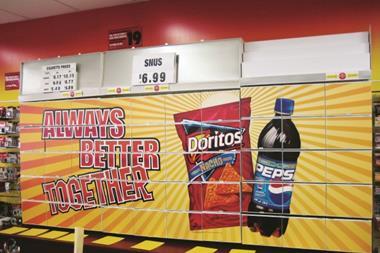
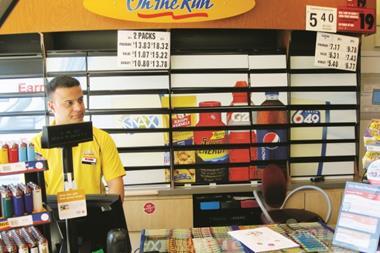



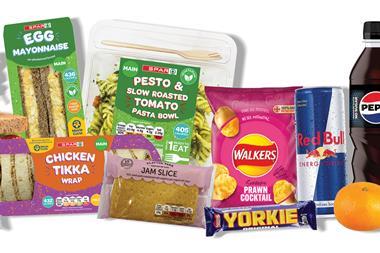



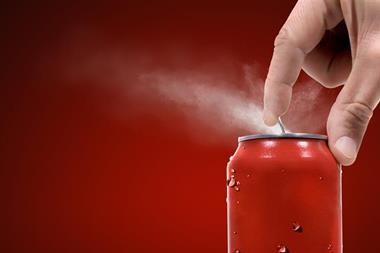
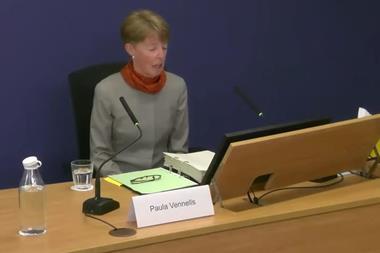

No comments yet